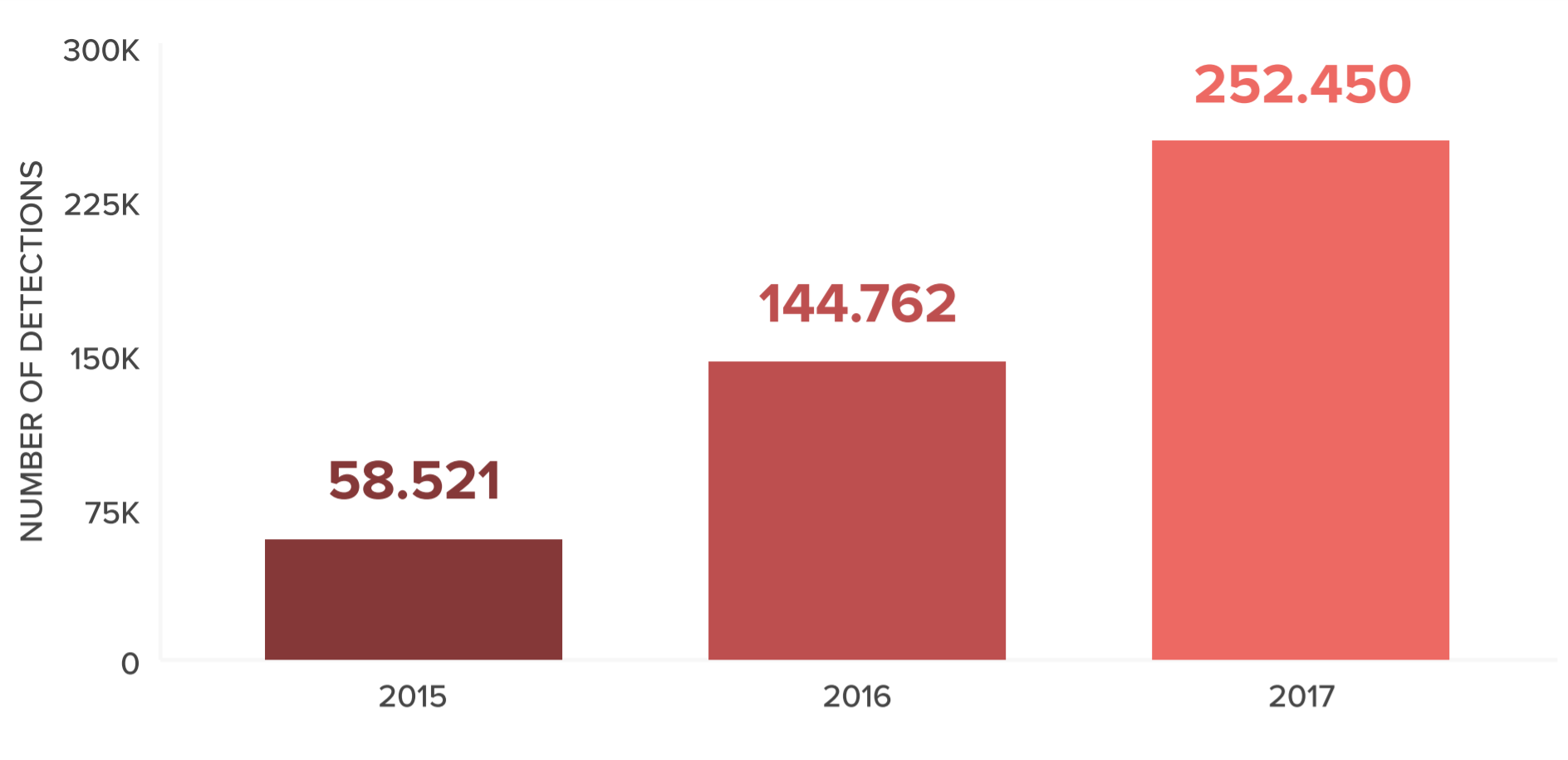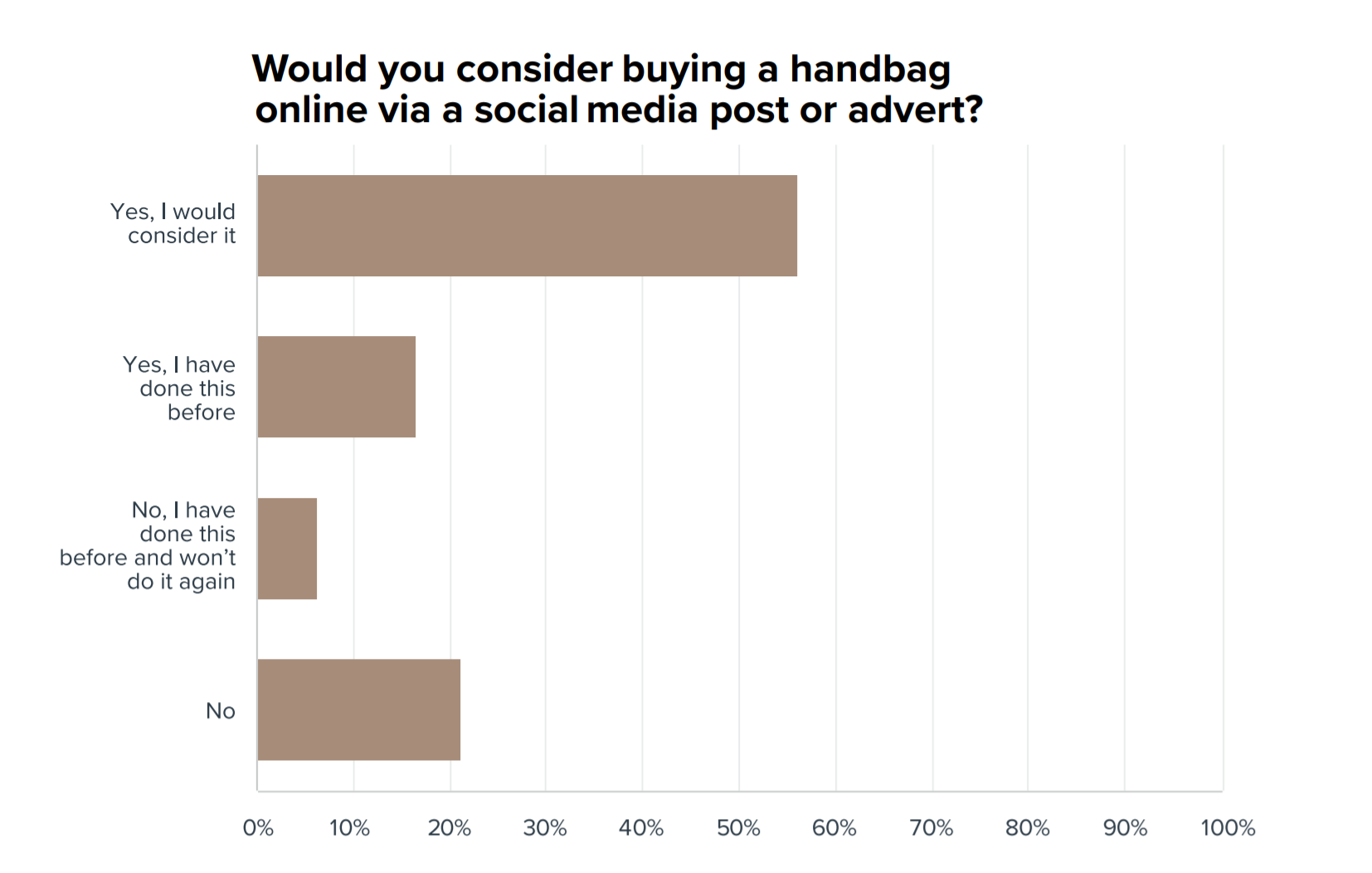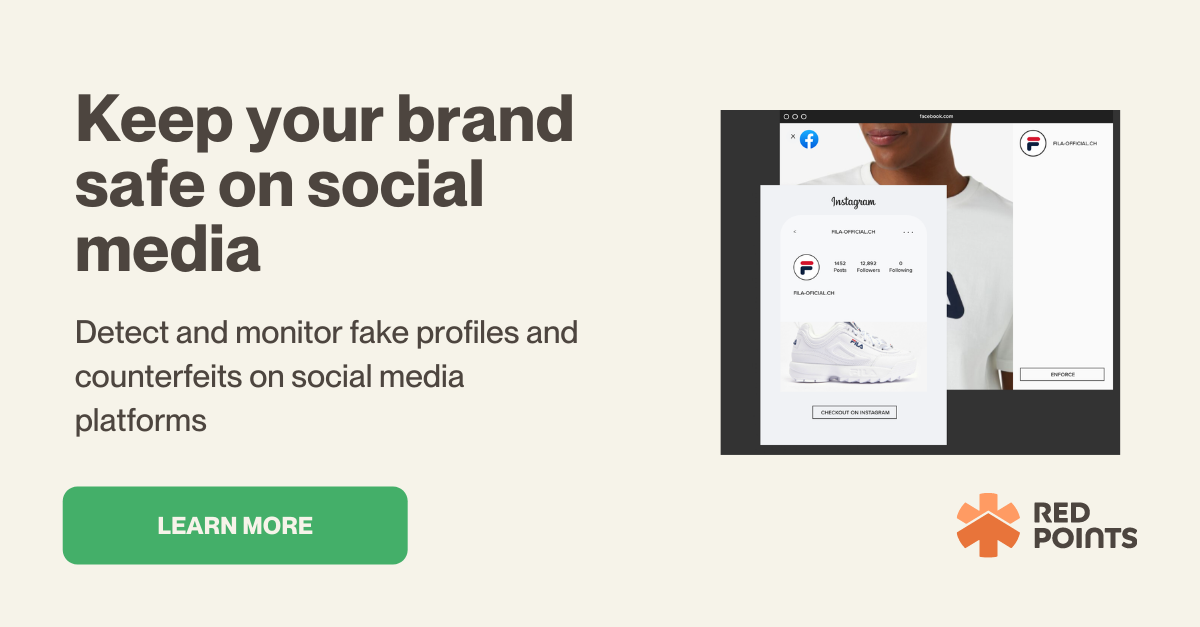📌 Get the latest strategies to protect your revenue in your inbox

Table of Contents:
Last updated on: March 28, 2024
The recent explosion of counterfeit products on social media platforms is nothing short of staggering. Sellers of fake goods have flocked to sites like Facebook and Instagram to peddle their products in huge numbers.
Social media has become an under-reported but vital hub for counterfeiters very quickly. It’s time that companies adapt as well as the counterfeiters have done, and take back control of their brand across social media. Counterfeiters have quickly recognised where to sell each type of product, and how to market them in a professional manner.
For example, it would appear that Instagram is currently the favourite platform for counterfeiters to sell fake cosmetics products. While analysing certain branded hashtags on the platform, a study found that a fifth to a third of the comments were from sellers of counterfeit products. Similarly, Red Points’ data suggested that Facebook was becoming a hotspot for fake football items, with detections of fake football jerseys quadrupling in just two years.

However, this does not mean that counterfeiters are abandoning ecommerce platforms as a sales channel. Rather, ecommerce and social media have proved to be a complementary pairing for counterfeiters. The current strategy employed by a huge number of counterfeiters is to use social media as an advertising platform – it’s somewhere they can find potential customers, who are then redirected to ecommerce stores where sales can be made.
The migration of counterfeiters en-masse to social media, or market on the platforms at least, is clear to see and represents a culture shift that is important for brands to understand. This means brands would do well to understand just why counterfeiters find social media to be the perfect new platform for their illegal industry.
To start off, the potential reach available on social media is colossal. Facebook alone has well over two billion users, and as mobile technology continues to become more accessible, the number of people on social media will only increase.
Research from Red Points has also shown that, across a number of different industries, consumers are already very receptive to the idea of purchasing items from social media, as shown in the graph below from our research on counterfeit handbags.

This shows that social media users are willing to do more than scroll through pictures – they’re also potential customers. So, it makes sense that counterfeiters are adopting social media marketing at such a high rate since they’re able to tap into a huge potential target market for their fake products.
Since garnering a reputation for being hotbeds for counterfeit products, ecommerce platforms have been taking steps in the right direction. Improved IP protection systems on platforms show their attention has turned towards correct enforcement of IP rights.
eBay launched their Verified Rights Owner Program (VeRO) and Amazon implemented a Brand Registry, as a way for brand owners to more easily register and enforce their intellectual property online. Alibaba has also ramped up their anti-counterfeiting services and founded the Alibaba Anti-Counterfeiting Alliance.
This has been a huge factor for counterfeiters’ expansion into social media. Since they aren’t able to so brazenly sell fakes on ecommerce as they used to be, their strategy has had to change. No longer are counterfeiters able to use registered brand names in the descriptions of their fake products, meaning it is less likely for the average user to find their fakes on these ecommerce giants. So, it appears that social media platforms have allowed counterfeiters to talk openly about brands, linking ads to their more covert listings on ecommerce platforms.
Many social media platforms have free segmentation tools available for companies, which allow them to filter audiences by criteria such as gender, industry, age, location and more. There are also paid targeting tools available for more ambitious counterfeiting operations, all of which, especially the tools offered for free, make it easier for counterfeiters to run effectively and to turn a profit. Considering counterfeiters exist with the knowledge that their accounts and online stores are at risk of being shut down at any point, market targeting tools like this help them to quickly find their target audience and finalise sales before the platforms can take action against them.
The privacy options that many social media platforms offer are perfect for clandestine groups like counterfeiters. Facebook, for example, has options for secret and closed groups, which only allow new users to join with an invitation. Groups like these are considerably harder to monitor than public social media profiles and ecommerce stores.
The anonymity of users is another huge benefit for counterfeiters – since no proof of identification is needed to open an account, there’s nothing stopping people from creating entirely fake accounts – fake name, fake location, fake pictures. This is a real headache for law enforcement since the same counterfeiter can return again and again to the same platform when their accounts are removed, and simply start selling again right away.
Creating a social media account is extremely easy. So, while social media platforms do engage in taking down criminal pages and profiles, all it takes for a counterfeiter to return is to make a new account and start posting again.
The most common strategy for counterfeiters on social media is to use the platform to find potential customers, then linking them away from social media to an ecommerce store to finalise sales. If an ecommerce store is not dealt with, it’s a simple process to create a huge number of social media accounts, all directing back to the permanent ecommerce store.
This growth of counterfeits being found on social media has happened surprisingly fast, but it makes perfect sense as a strategic move for counterfeiters. So many of the qualities and features offered on social media that have been enjoyed by individuals and authentic brands for years also combine to create a perfect storm of counterfeiting.
It’s already been said, but it’s worth repeating. Counterfeiters’ move to social media is not an exodus from other platforms, but rather a diversification of their sales channels. Counterfeiters are persistent – if they believe any platform or strategy can help them make money, they will capitalise on it as much as they can.
Brands need to be aware of counterfeiters’ shifting strategy, but not afraid. New strategies need to be formed to improve brand protection, and to combat the growth of counterfeiters on social media platforms. As counterfeiters adapt and improve their enterprises, brands need to be as agile and adaptive in order to combat infringements of their IP, wherever they may appear.

More like this on:
Dealing with fake products on social media?
Schedule a demo to see how you can track and takedown infringements of your brand online
REQUEST DEMORyan Williams
Marketing Content Manager
You may like...

Counterfeiters’ presence on social media is difficult to deny, and their presence seems to be…

This article will show you how to find infringement on your product, and how to…

Social media is a slippery zone when it comes to copyright infringement. Some may feel…

Although Coronavirus has had a major impact on the economy as a whole, it’s also…
Want more?
Something went wrong
Thanks for subscribing!
Join our weekly newsletter for new content updates, how-to's, exclusive online event invites and much more.
Please complete these required fields.
You’ll receive a confirmation mail.